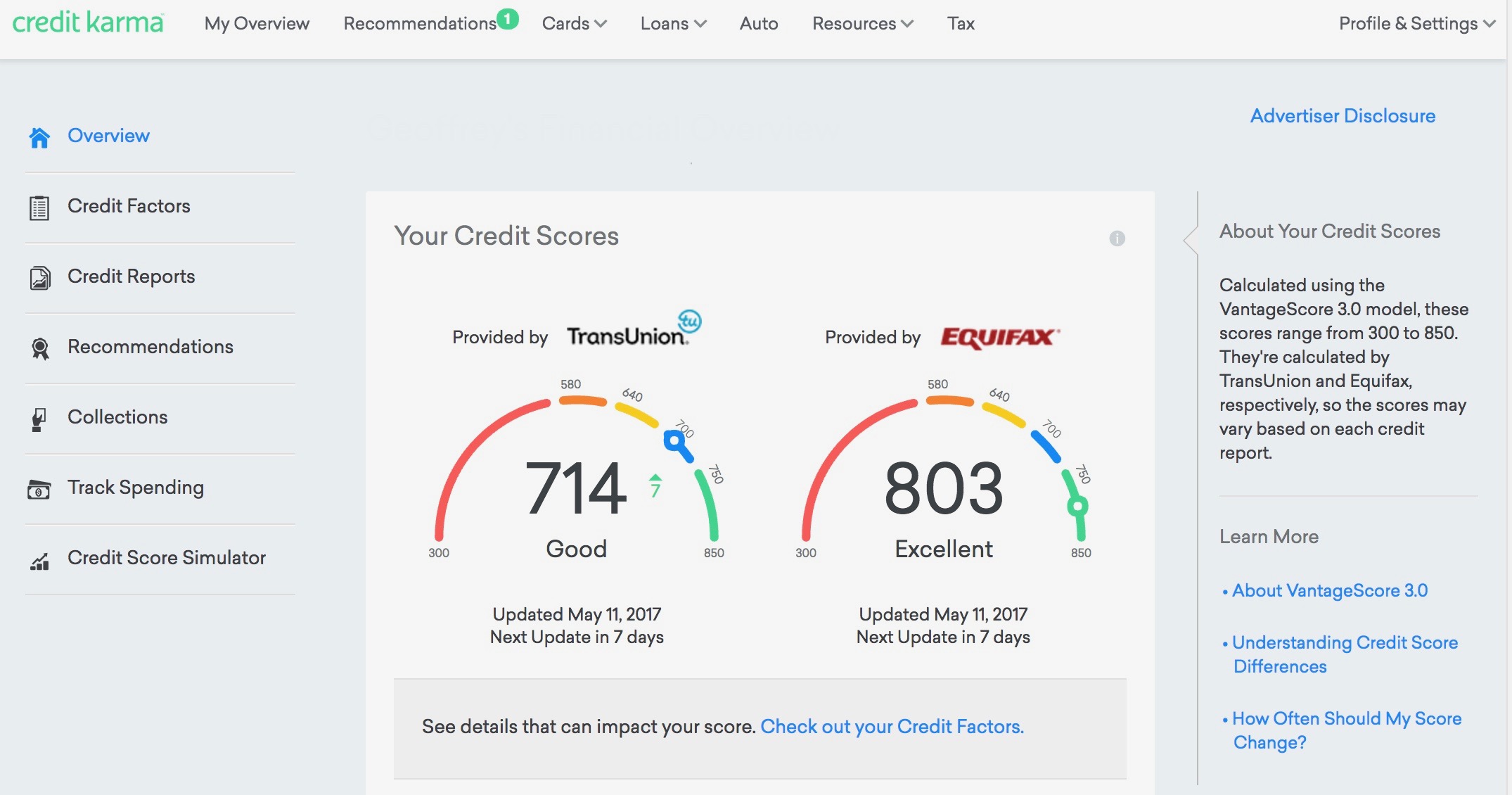Introduction
When it comes to math, fractions and percentages can be confusing, especially if you’re not a numbers person. However, understanding percentages is essential in our everyday lives, from calculating discounts to measuring success rates. In this article, we will take a closer look at 4 out of 7 as a percentage and how to calculate it.
What is 4 out of 7?
4 out of 7 is a fraction that represents the number 4 in relation to the total number of 7. In other words, it means that out of 7 items or events, 4 have a certain characteristic or meet a specific criterion. For instance, if you have 7 apples, and 4 of them are red, then 4 out of 7 apples are red.
Converting 4 out of 7 to a Percentage
Converting fractions to percentages is a crucial skill that can help you analyze data and make informed decisions. To convert 4 out of 7 to a percentage, you need to divide the numerator (4) by the denominator (7) and multiply the result by 100.
Step 1: Divide 4 by 7
4 ÷ 7 = 0.5714
Step 2: Multiply by 100
0.5714 x 100 = 57.14
4 out of 7 as a Percentage: Interpretation
The result of our calculation tells us that 4 out of 7 as a percentage is 57.14%. This means that out of 7 items or events, 4 meet a specific criterion, which accounts for 57.14% of the total. In other words, if you have 7 apples, and 4 of them are red, then 57.14% of the apples are red.
Applications of 4 out of 7 as a Percentage
Understanding percentages is crucial in many contexts, including finance, business, and statistics. Here are some examples of how you can use 4 out of 7 as a percentage:
1. Success Rates
Suppose you are running a business and want to measure the success rate of your marketing campaign. If out of 7 customers, 4 buy your product, then the success rate is 57.14%. This information can help you evaluate the effectiveness of your campaign and make necessary adjustments.
2. Probability
If you are playing a game of chance and have a bag with 7 balls, 4 of which are red, then the probability of picking a red ball is 57.14%. Knowing the probability can help you make better decisions and increase your chances of winning.
3. Data Analysis
If you are analyzing data and want to compare the frequency of two events, knowing their percentages can be helpful. For example, if out of 7 students, 4 prefer math, and 3 prefer history, then math is more popular, accounting for 57.14% of the preferences.
Conclusion
Understanding 4 out of 7 as a percentage is a straightforward process that can help you make informed decisions and analyze data. By dividing the numerator by the denominator and multiplying the result by 100, you can convert the fraction to a percentage and interpret the result. Whether you are running a business, playing a game of chance, or analyzing data, knowing how to calculate percentages is an essential skill that can help you succeed.
 Vikipedi.org Trusted Information and Education News Media
Vikipedi.org Trusted Information and Education News Media



